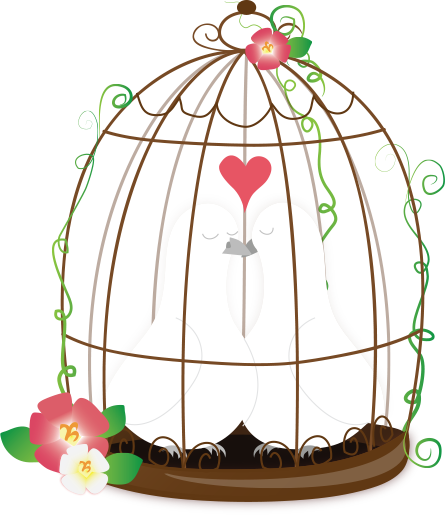Lice can be a exasperating issue for anyone to deal with. These small parasitic insects live on the scalp, drawing on human blood, and can quickly spread from a person to another person. Whether you are a parent trying to shield your child from an infestation or an adult grappling with an unexpected outbreak, knowing the best lice treatment options available can be crucial in regaining comfort and peace of mind.
In this comprehensive guide, we will explore various lice treatments that have proven effective in getting rid of these irritating pests. From conventional over-the-counter solutions to organic remedies and preventative measures, our goal is to equip you with the knowledge you need to combat the bite. We recognize the urgency of addressing a lice problem, so let us dive into the most effective strategies to tackle this nuisance head-on.
spintax
#### Overview of Louse Categories
Lice are tiny parasitic creatures that consume human blood and can result in irritation and discomfort. There are 3 primary types of lice that impact humans: head lice, body lice, and pubic lice. Every type has its distinct characteristics and preferred habitat, which is crucial to understanding the best treatments.
Scalp lice are the most prevalent type found in children and are typically located on the scalp. They are little, usually about the size of a pinhead, and can be challenging to find. Scalp lice spread primarily through direct head-to-head contact, making schools and daycare centers common locations for outbreaks. Their eggs, called nits, can attach to hair strands and are often mistaken for dandruff.
Clothing lice, on the other hand, live in clothing and only crawl to the skin to feed. They are associated with poor hygiene and crowded living conditions. While rarer than head lice, body lice can result in more severe skin infections and conditions due to their habitat. Pubic lice, commonly known as crab lice, are primarily found in the pubic area but can also inhabit other coarse body hair. lice shampoo They are commonly transmitted through sexual contact. Understanding these types of lice is crucial for selecting the best lice treatment.
Effective Therapy Choices
Regarding eradicating lice, a number of therapy choices are accessible to accommodate individual preferences. Non-prescription products are among the most frequently used solutions. Shampoos and lotions that have key ingredients such as permethrin or permethrin successfully kill lice and their young. These products are easy to use and can be found at many pharmacies. Consumers should adhere to the guidelines carefully for best results, often requiring a second application a week later to destroy any remaining lice.
Prescription treatments provide another option of effectiveness, particularly for stubborn infestations. Medications containing malathion or benzyl alcohol can be ordered by healthcare professionals and are typically stronger than OTC options. These treatments may be advocated if initial treatments fail or if there is a significant outbreak. Consulting with a doctor can help in determining the best course of action and ensuring a comprehensive strategy to lice eradication.
Natural treatments are increasing in popularity as alternative treatments. Solutions like tea tree oil, vinegar, or olive oil are often recommended for their potential to kill lice or keep away their return. While research supporting these methods can be limited, many individuals seek out these methods for a less chemical-intensive approach. Mixing natural methods with detailed combing can enhance results, making it important to have a precision nit comb on hand to painstakingly remove lice and nits after treatment.
Prevention Strategies
For the purpose of successfully avoid lice infestations, ensuring good hygiene is vital. Frequently washing hair and using conditioner can deter lice from taking hold, as they prefer clean, dry hair. It’s also vital to remind children to not engage in head-to-head contact, notably during playtime or social gatherings, as this is a primary way lice spread.
In parallel to good hygiene practices, storing belongings separate is important. Instruct children to not share personal items such as hats, hairbrushes, and clothing, as lice can quickly transfer from one person to another via these items. Assigning a specific area for backpacks and coats can also assist reduce the risk of lice transmission in communal settings like schools.
Frequent checks for lice are another effective prevention strategy. Performing routine examinations of the scalp and hair, particularly after known exposure or outbreaks, can help detect infestations quickly. With staying vigilant and educating family members about lice, you can create an environment that discourages infestations and ensure that any signs of lice are quickly addressed.
